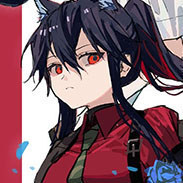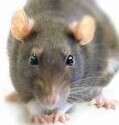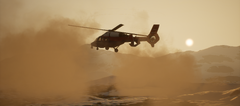- 15 replies
- 3,562 views
- Add Reply
- 7 replies
- 2,611 views
- Add Reply
- 0 replies
- 1,216 views
- Add Reply
- 1 reply
- 1,469 views
- Add Reply
- 1 reply
- 1,364 views
- Add Reply
- 11 replies
- 2,076 views
- Add Reply
UK May Borrow F-18s For Carriers; F-35Bs May Be Scrapped
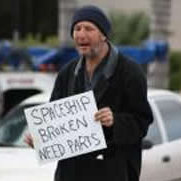
By Erik,
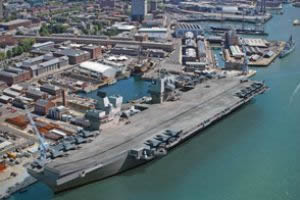

UK May Borrow F-18s For Carriers; F-35Bs May Be Scrapped
DOD Buzz --By Colin Clark Tuesday, August 31st, 2010 10:22 am
Britain’s Conservative government, faced with enormous deficits, may launch its Queen Elizabeth class carriers without airplanes to put on them as it considers early retirement for its Harrier jump jets.
The two 65,000 ton carriers are built into the UK’s defense budget, but new airplanes are not. Scrapping the Harriers early, combined with delays to the Joint
Eurofighter offers Typhoon for Polish air force

By Erik,


Eurofighter offers Typhoon for Polish air force
Flight Global -- By Bartosz Glowacki
The Eurofighter consortium has made its debut appearance at Poland’s International Defence Industry Exhibition (MSPO) in Kielce, with the Typhoon being promoted as a potential replacement for the nation’s RSK MiG-29 and Sukhoi Su-22M4 strike aircraft.
With sources suggesting that Poland’s defence ministry plans to upgrade some of its current assets, Eurofighter representatives say: “The price of
Australia, China inspect fighter jets

By Erik,
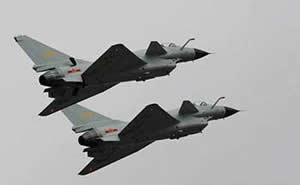

Australia, China inspect fighter jets
The Sydney Morning Herald -- September 13, 2010 - 6:29PM
Australia and China have played show-and-tell with their jet fighter aircraft ... in a gesture of transparency.
Defence head Air Chief Marshal Angus Houston said it underlined the Australian Defence Force's good relationship with China's defence force, the People's Liberation Army (PLA) - one not shared by the Americans.
He said it was a reciprocal arrangement.
When PLA chief o
Old Friend Challenges Bin Laden

By Ruggbutt,
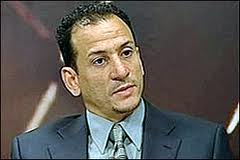

On the anniversary of the 9-11 terror attacks in the United States, a former associate of Osama bin Laden has written a lengthy open letter to the Al Qaeda leader, highly critical of the organization’s actions, and laying out all the negative repercussions of them, on the entire world, both Muslim and non-Muslim.
Noman Benotman, a former Libyan Islamic Fighting Group commander, who fought in the Afghan war against the Soviets alongside Osama bin Laden, writes to the Al Qaeda number
Errant drone near DC almost met by fighter jets

By Fates,


Errant drone near DC almost met by fighter jets
By LOLITA C. BALDOR (AP) – 13 hours ago
WASHINGTON — The U.S. military almost launched fighter jets and discussed a possible shoot-down when an errant Navy drone briefly veered into restricted airspace near the nation's capital last month, a senior military official said Thursday.
The incident underscores safety concerns with unmanned aircraft as defense officials campaign to use them more often during natural disasters and for homeland
Medal of Honor Awarded to 1st Living Recipient since Vietnam

By Ruggbutt,


WASHINGTON — In the most dangerous valley of the most rugged corner of eastern Afghanistan, a small rifle team of airborne soldiers fell into a vicious insurgent ambush, a coordinated attack from three sides.
A young Army specialist, Salvatore A. Giunta, took a bullet to the chest but was saved by the heavy plates of his body armor. Shaking off the punch from the insurgent round, he jumped up and pulled two wounded soldiers to safety before grabbing hand grenades and running up the t




